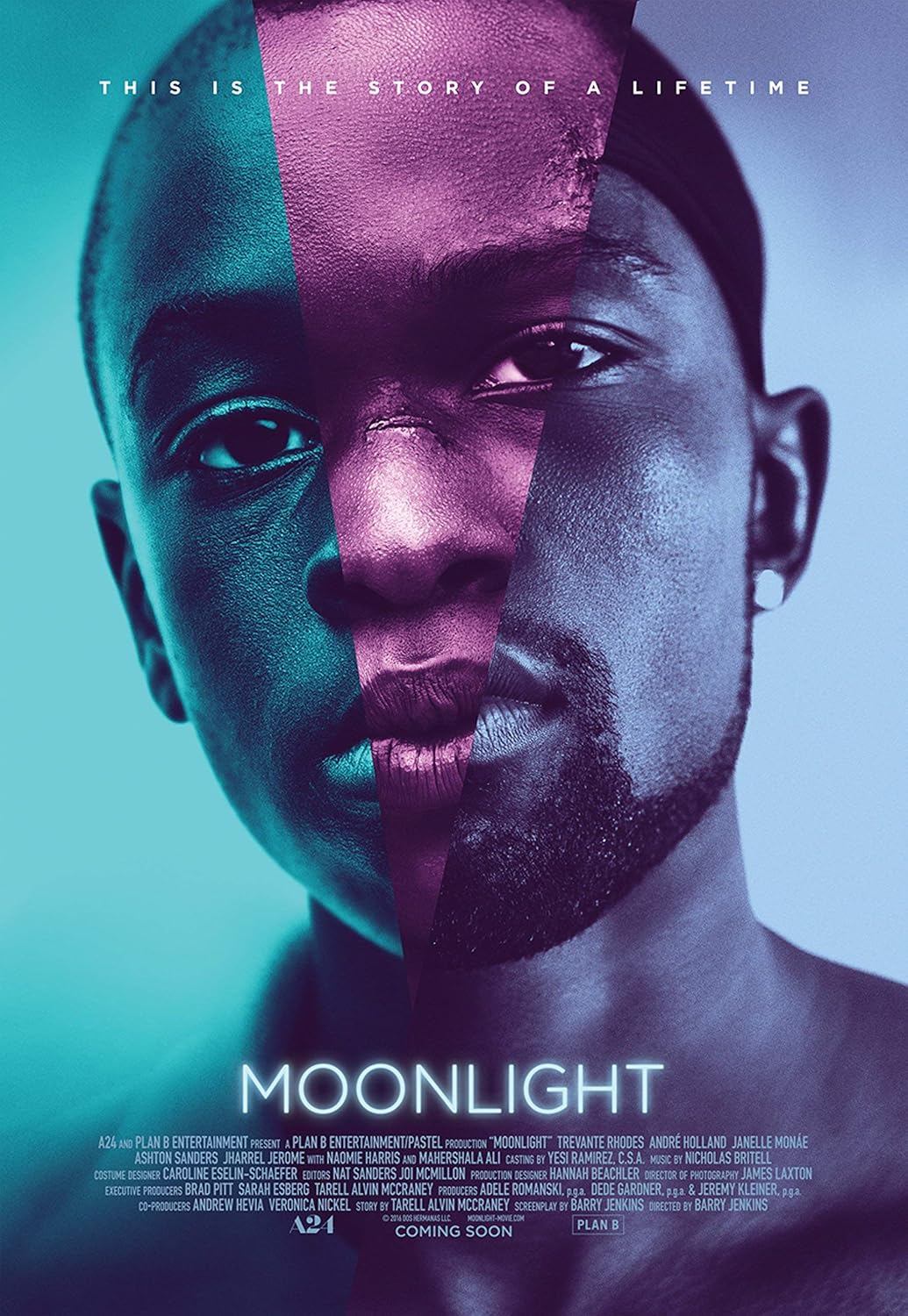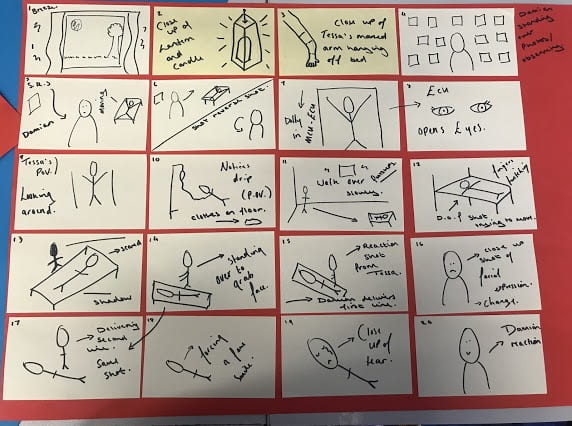The Pages
- 9 Pages + 1 List of Sources
- Creative Intention should be clearly identified
- No names!
- The work should be created using a common page size (A4) and be typed in a legible sans serif 12-point font.
- Images should have captions.
The list of sources should include the following disclaimer:
“All sound, including Foley, music scores and effects were recorded by myself or other members of the production team I was working within. No copyrighted music or sound effects were used in my portfolio reel.”
If you were not the sound designer for the horror sequence, you must also explain within the action or reflection pages that the sound was recorded and edited by another member of your group.
The Reel
- Put your best work last (The Horror Short)
- Show development & improvement.
- You must use black slates to introduce the task(s) in that role and how long each clip runs. For example:
- You should use black slates between tasks.
- There should be no found sound in your reel.
- The reel must be a maximum of 500mb in size

 Your work is assessed in three areas:
Your work is assessed in three areas:



